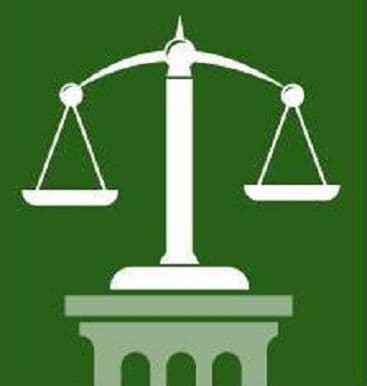The Washington Supreme Court recently rendered a decision in a case concerning liability for over serving alcohol. In Washington commercial sellers of alcoholic beverages may be liable for damages to a third party suffered at the hands of a drunk driver on a theory of negligent over service of a person apparently under the influence of alcohol.[1]
Washington courts have held that there is no triable issue of fact where there is only evidence of intoxication after the time the intoxicated tortfeasor was served.
In the case before the Supreme Court the Court of Appeals had overturned the trial court and held that the plaintiffs must provide specific point-in-time observational evidence of the tortfeasor’s appearance close to the time of service in order to send the question to the jury.
The Court of Appeals holding rested on previous case law that shows a “consistent insistence by this court that evidence on the record must demonstrate that the tortfeasor was ‘apparently under the influence’ by direct, observational evidence at the time of the alleged over service or by reasonable inference deduced from observation shortly thereafter”.[2]
Prior case law had established that post-accident observational evidence, expert testimony, and BAC were insufficient evidence to survive a summary judgment motion because a heavy drinker may not appear intoxicated despite a high BAC and because alcohol may react on the human body differently. Sobriety must be judged at the time of service.
However, the Court observed that the Court in prior cases had been distinguished these holdings where there was evidence of apparent intoxication shortly after leaving the establishment allegedly overserving.[3]
The Washington State Association for Justice Foundation as amici argued that because the standard for liability has been changed from “obviously intoxicated” to apparently intoxicated” the injury victim’s evidentiary burden must be lowered to match a lowered standard of liability.
The Court declined to accept this argument. The Court noted that the underlying science has not changed, that a person may be intoxicated but not appear so, and therefore the rule that “jurors are not permitted to make an inferential leap of the ‘driver’s BAC was X, so he must have appeared drunk’ type” will not be changed.
Nevertheless, the Court overturned the Court of Appeals holding and upheld the jury award to the injury victim.
The Court noted that “jurors are allowed to consider and weigh circumstantial evidence of the appearance of intoxication when the witness’s observation occurred within a short period of time after the alleged overservice” and that in the case before it the record contained such evidence. Specifically, the server testified she recognized that the tortfeasor was drunk at the time he left the bar which leaves open the possibility that the jury could infer that she could tell he was drunk when she last served him.
The Court also held that while BAC evidence is not itself sufficient evidence of apparent intoxication at the time of serving, BAC evidence is relevant as corroborative and supportive of the credibility of firsthand observations.
Also, there was evidence in the case before it that the accident happened about fifteen minutes after the tortfeasor left the place where he was served alcohol.
As this case demonstrates, establishing liability for over serving alcohol is not straightforward. The case was appealed to the states highest court, with the results at the trial court and the Supreme Court differing from that of the Court of Appeals.
Consult an attorney if you have questions about injury as the result of a drunk driver.
[1]RCW 66.44.200(1).
[2] Purchase v. Meyer, 108 Wn.2d 220, 223, 737 P.2d 661 (1987); Christen v. Lee, 113 Wn.2d 479, 780 P.2d 1307 (1989).
[3] Dickinson v. Edwards, 105 Wn.2d 457, 716 P.2d 814 (1986); Fairbanks v. J.B. McLoughlin Co., 131 Wn.2d 96, 929 P.2d 433 (1997).
